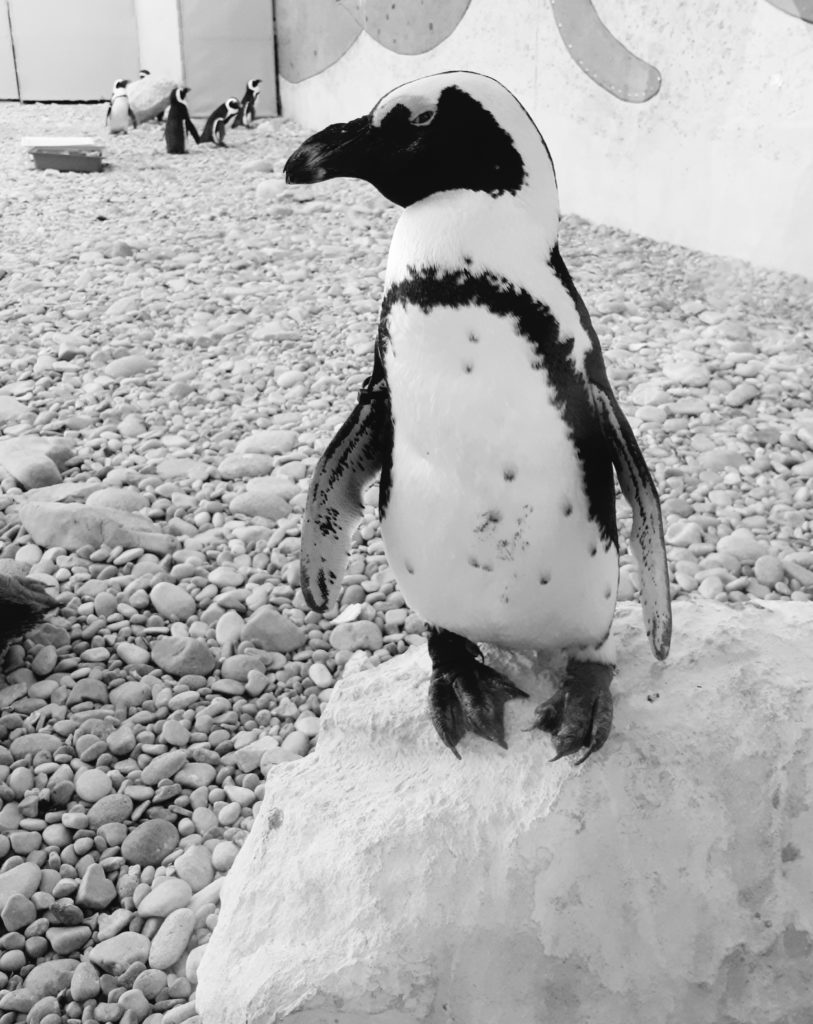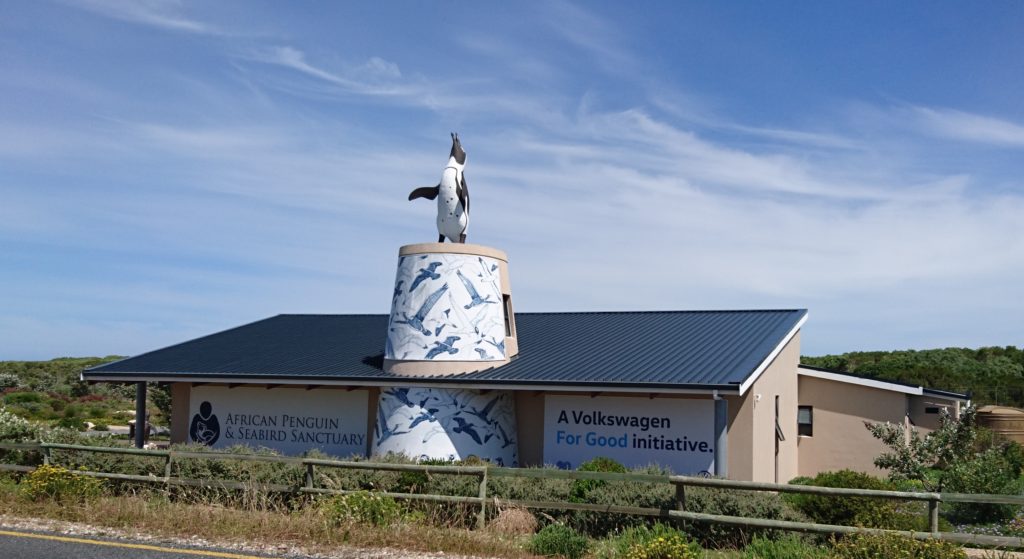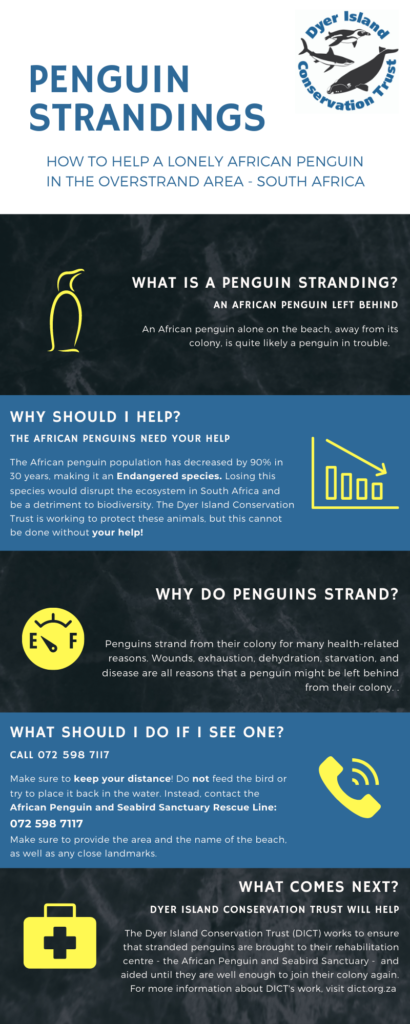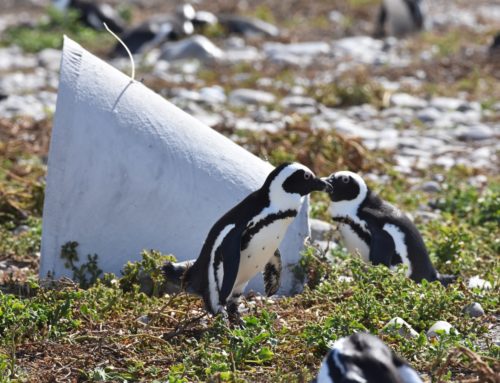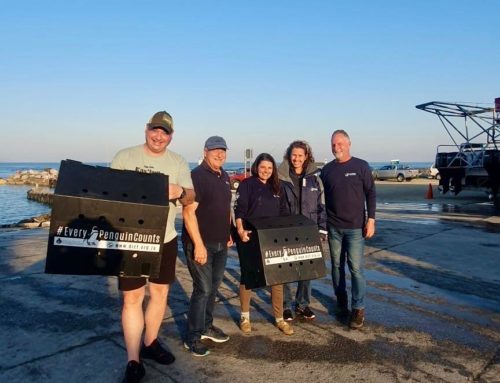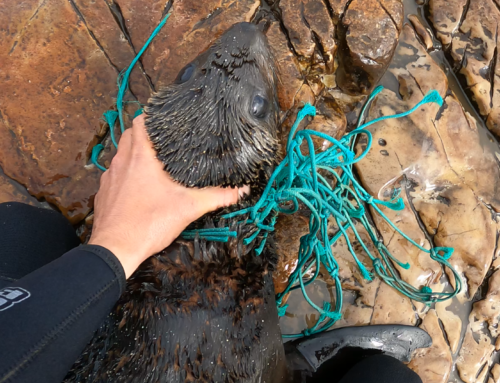In the third part of our student projects from Global Leadership Adventures, we touch on the topic of stranded penguins. These projects are designed to see how the students interpret the information and teach them new skills.
Dyer Island Conservation Trust / Marine Dynamics are part of the Overberg Stranding Network and in Gansbaai are often the first port of call for stranded marine animals. Our African Penguin and Seabird Sanctuary (APSS) handles all seabirds in need.
**Please note that the write ups have been edited and shortened for blog publishing purposes. Sources were referenced by students when submitting their projects.
Project by Islay, Luccia, Emerson and Ethan
Title: Penguin Strandings
The African Penguin species are facing the harsh reality of extinction within 15 years. The International Union for the Conservation of Nature, IUCN, declared the African Penguin as an endangered species in 2010. African Penguins have suffered from several man-made impacts, spanning from guano scraping to oiling. This resulted in a population loss of 90% within the past 30 years. It is important to know when a penguin needs help As Brenda Walters from Marine Dynamics explains, when a penguin is “on a beach alone (nowhere near its colony) there will usually be something wrong, even if you cannot see exactly what that is.”
To understand how to help the endangered African penguin in South Africa, one must understand the different causes. One contributor to penguin strandings are oil spills. When a penguin comes in contact with even a small amount of oil or diesel, it coats their feathers, damaging their natural waterproofing system, preventing them from swimming and feeding. Penguins are also affected by dehydration, disease, malnutrition, and injuries. Penguin malnutrition is the result of overfishing in their hunting grounds, while penguin wounds are caused by litter, fishing line, and attempted predation by seals, sharks, or other predators. All these factors ultimately cause fatigue and possible death if not rescued in time.
If you see a penguin that needs assistance, follow these steps. First, the penguin must be safe, with no animals or people near it. This also includes not putting the bird back into water and do not attempt to feed. Once the bird is secure, the next thing to do is to call for help. The rescuer should contact the African Penguin and Seabird Sanctuary rescue line, at +27 (072) 598 7117, and provide location details through area pins, or landmarks. The phone operator will inform the caller on how to help the animal while waiting for the professionals.
As penguin malnutrition and injuries can be thoroughly correlated with overfishing and marine pollution, the average consumer can take preventative measures through self-education and making conscious choices. -Written by Islay and Luccia

